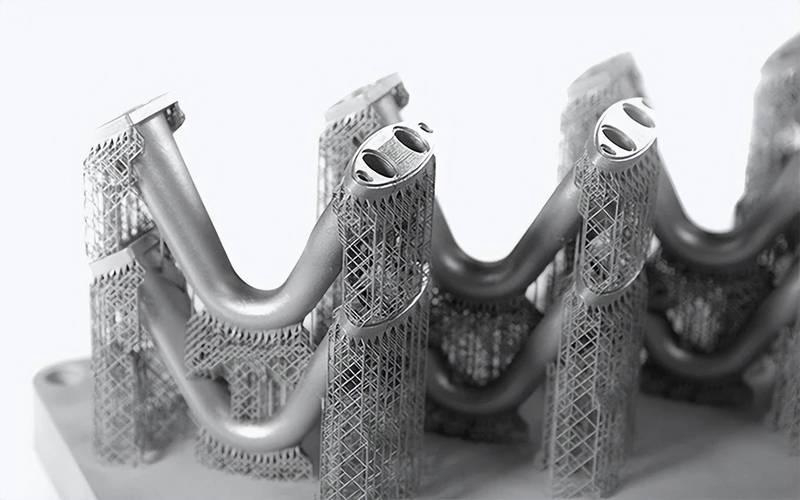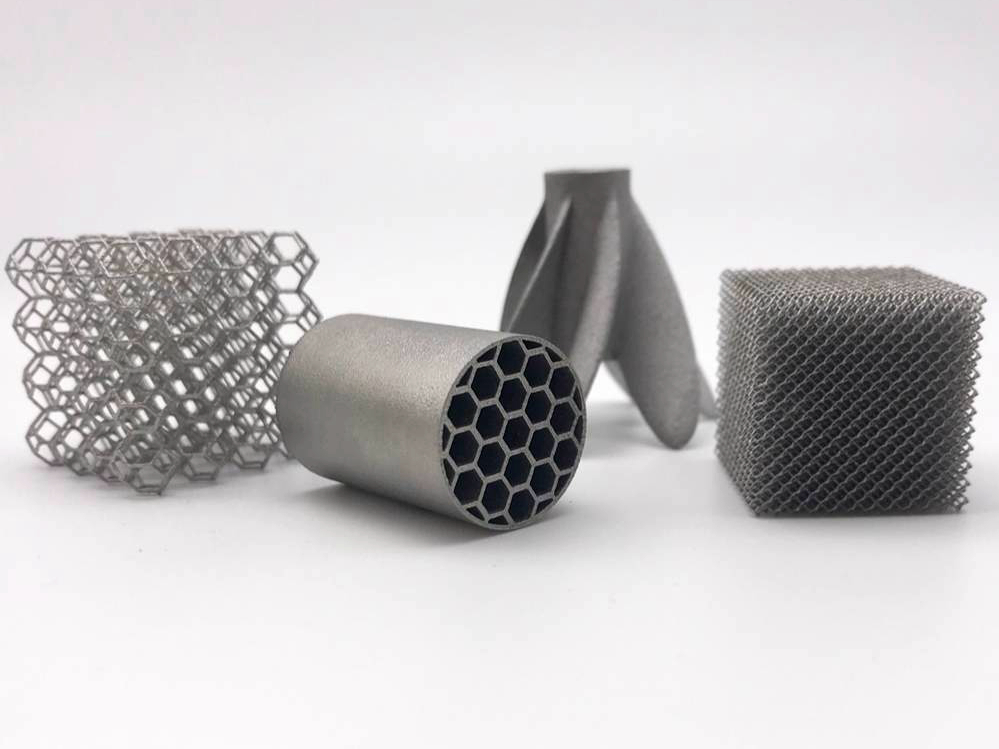How does heat treatment improve toughness and impact resistance?
How Heat Treatment Improves Toughness and Impact Resistance
Toughness Challenges in As-Built 3D Printed Metals
Metal parts produced by Selective Laser Melting (SLM), Electron Beam Melting (EBM), or DMLS typically exhibit anisotropic microstructures, residual stress, and brittle interlayer bonding. These factors reduce impact resistance and make parts susceptible to crack initiation under dynamic loads. Heat treatment improves toughness by optimizing microstructure, phase balance, and stress distribution.
Mechanisms That Improve Toughness and Impact Resistance
1. Stress Relief and Annealing
Stress relief at subcritical temperatures reduces internal tensile stresses that compromise ductility and impact performance. Annealing further enhances isotropy by transforming directional grains into equiaxed microstructures. For example:
This process significantly improves elongation and Charpy impact values.
2. Tempering After Hardening
In high-carbon tool steels like Tool Steel D2 and Tool Steel H13, tempering after quenching reduces brittleness while maintaining strength. Multiple tempering cycles at 200–600°C relieve martensitic stresses and restore impact resistance.
3. Phase Transformation Control
Heat treatment allows adjustment of phase fractions for toughness optimization. For example, Inconel 718 undergoes solution treatment and aging to form gamma-prime precipitates that strengthen the matrix without embrittling the material. This enhances toughness for aerospace components operating under vibration and impact loading.
4. Hot Isostatic Pressing (HIP)
HIP not only eliminates internal porosity but also promotes grain boundary cohesion, improving resistance to crack propagation. This is particularly effective in Ti-6Al-4V ELI and Haynes 230 used in impact-critical components.
Typical Applications Requiring Toughness
Medical implants subjected to sudden loading or impact
Aerospace mounts, brackets, and undercarriage parts
Tooling inserts and dies exposed to repeated shock
Energy and pressure equipment requiring fracture resistance
Summary of Key Processes for Toughness Enhancement
Material | Recommended Process | Result |
|---|---|---|
Ti-6Al-4V / ELI | Annealing + HIP | Improved ductility and impact energy |
Inconel 718 | Solution treatment + aging | Strength without embrittlement |
Tool Steel H13 | Quenching + tempering | Balanced hardness and toughness |
SUS316L | Full annealing | High elongation and impact resistance |
Recommended Services for Impact-Critical Parts
To ensure optimal fracture performance and mechanical resilience, Neway 3DP provides:
Heat Treatment Including annealing, tempering, and tailored phase control.
Hot Isostatic Pressing For density improvement and crack resistance under dynamic loads.
CNC Machining Precision finishing that preserves post-treatment mechanical integrity.
These solutions are aligned with industry requirements for aerospace, medical, and high-impact structural components.



